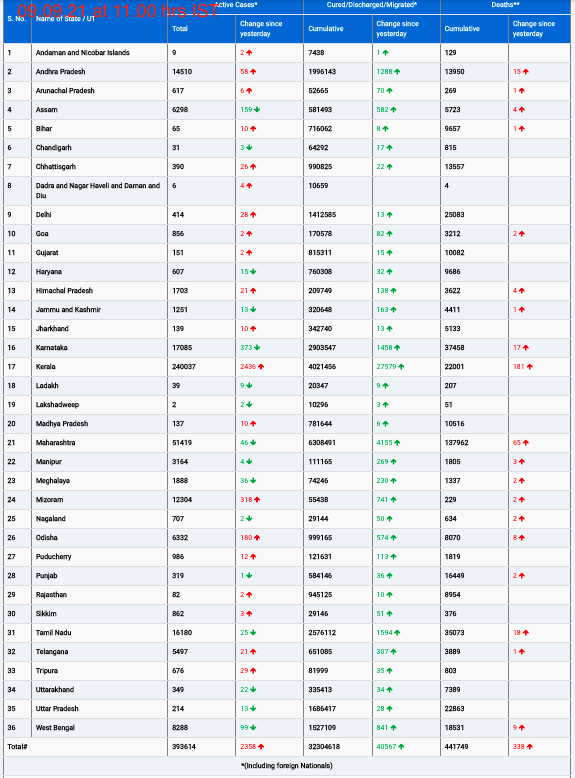Over the past century, both men and women have seen increases in height and weight, largely due to improvements in living conditions and healthcare. However, new research suggests that men are gaining height at a significantly faster rate than women. Scientists are exploring various factors that might explain this growing disparity.
The Evolution of Height Differences
Studies on human stature have long examined how nutrition, disease rates, and economic shifts affect height. The NCD Risk Factor Collaboration (NCD-RisC) in 2016 found that better diets and healthcare led to taller generations. New research in 2025 builds on these findings, suggesting that additional factors, including evolution and mating preferences, could be influencing height disparities.
The Role of Living Conditions
One major determinant of height is the Human Development Index (HDI), which measures life expectancy, education, and income. A global study found that as HDI improved, both men and women grew taller and heavier, but men outpaced women by more than double the rate. Another key factor is income inequality—where disparities are high, growth potential is reduced, particularly for men, whose stature is more sensitive to environmental stressors.
Why Men Are Experiencing Greater Gains
According to a 2025 study, sexual selection plays a role in the increasing height gap. Historically, taller men had better chances of passing on their traits due to mating preferences. Researchers believe that as food availability and healthcare improve, men’s bodies respond more dramatically, leading to a larger increase in both height and weight.
Professor Lewis Halsey from the University of Roehampton notes that “men’s growth appears to be more energy-expensive, meaning that when conditions are favorable, they experience a bigger surge in size.”
Past Research vs. New Findings
The 2016 NCD-RisC study found that height gains varied by region, with Europe and East Asia experiencing the most significant increases. Meanwhile, nations in sub-Saharan Africa and South Asia saw minimal changes or declines due to persistent health and nutritional challenges. The U.S., once a leader in average height, has also fallen behind due to disparities in healthcare and nutrition.
Recent studies suggest that while improved living conditions benefit both sexes, men’s growth is more reactive to these changes. Their larger body size requires greater energy input, making their height a more sensitive indicator of overall well-being.
Implications for Public Health
Understanding these trends can help public health experts assess societal progress. Men’s height, in particular, may serve as a barometer of childhood health conditions and economic stability. However, researchers caution against viewing height as the sole marker of well-being. A comprehensive approach, considering factors such as prenatal care and consistent access to nutritious food, remains essential.
As research continues, scientists aim to uncover more about how genetics, environment, and societal factors shape human growth patterns.
Disclaimer:
This article is based on ongoing scientific research and is intended for informational purposes only. The findings discussed here are subject to further verification and should not be interpreted as definitive conclusions about individual health outcomes.











